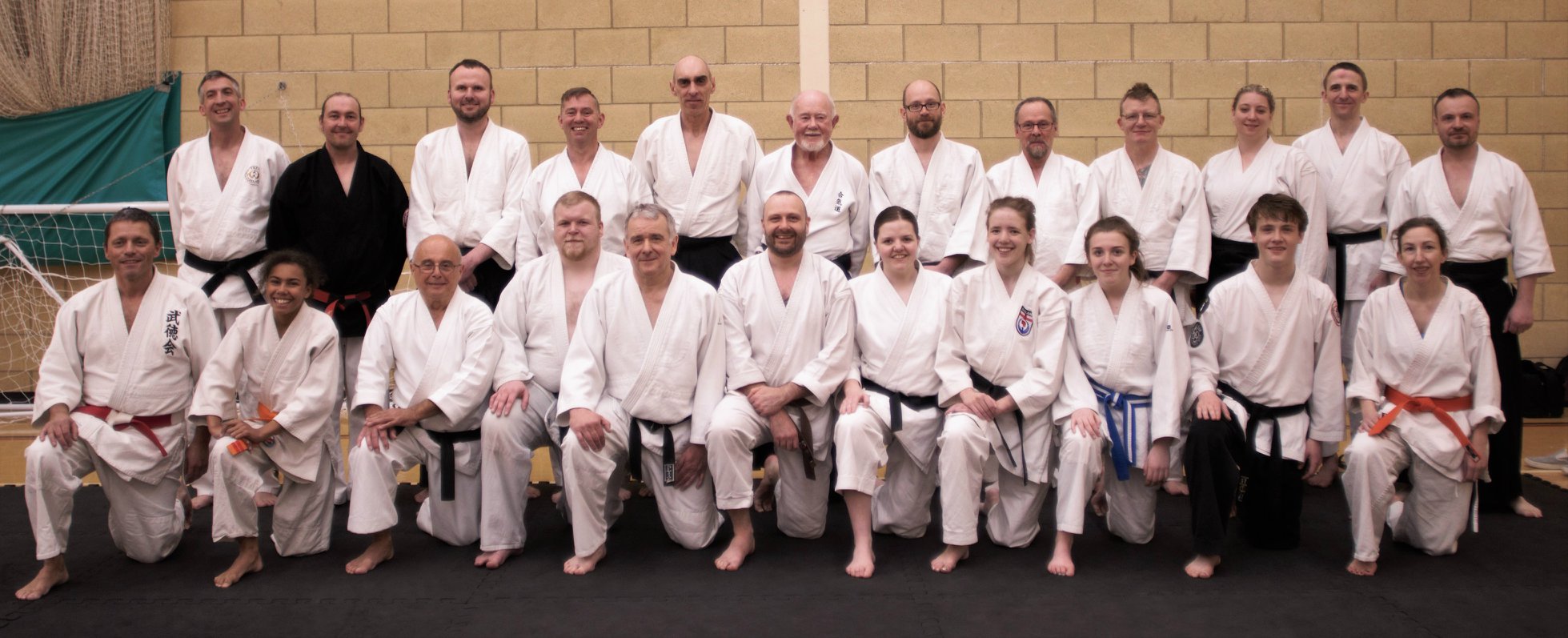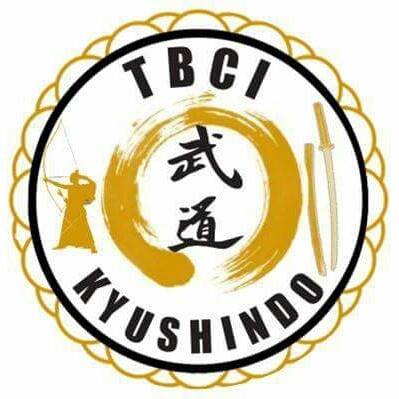As techniques must be modified to meet different situations so must we be able to change to meet new situations successfully. Learning an art also involves developing a great deal of patience. Techniques are not learned and simply put to one side, they are constantly reviewed, modified, improved and perfected.
However, a good teacher will have already researched such techniques, but there is always room for improvement. A good teacher will strive to train his student’s psychologically as well as physically. By understanding Budo, an art and its concepts, it is possible to recognise that you can have greater control of your environment whilst accepting it at the same time. By studying an art you can develop a better understanding of the limits of your environment, yourself, and others.
This is particularly true if one becomes a teacher. Students will come to you as clay, each one with a different malleability. You can do a great deal with your students if you nurture, mould, push, and recognise them and their own potential. With time and training, patience and humbleness, a teacher can instil a feeling of self-confidence combined with humility. It is necessary for the student to know that he or she is improving, they can do this by being patient, tolerant, and develop the understanding of others, a real asset to growth. They will also develop greater selfcontrol, recognising that they can control their environment through confidence and an understanding of their abilities. All this can give the serious student a positive outlook on life.You can find more information on the relationship between master and pupil in our philosophy section of our website.
Budo can be learned as an art in all its facets, it can give the student an understanding of what life is, and how to be an active participant in it. In order to develop Budo as an effective means of self-defence, there are a number of skills that must be acquired and developed. These can be placed into two general areas, being KI development and the actual mechanics of technique.
If one practices techniques and moves regularly, your proficiency will be developed and improved. Therefore it is essential that a student will take time to absorb all the principles of a technique, and not tend to want to move forward before they have perfected all the principals involved. The student must learn patience and practice persistently, directed toward perfecting techniques and self-development which will bring the confidence that accompanies success.
KI development is one of the two most important factors in making Budo techniques effective for selfdefence. It is one thing to go through the mechanical moves of each form. It is another to execute them without any apparent mental or physical effort. KI development will help make that possible.
What is KI? It is considered to be the source of power or energy in the human body, the cause of momentum when the human body directs itself toward a goal. Metaphysical tradition holds that one's KI is located approximately one to two inches below the navel at the hypogastrium or SAIKI TANDEN (lower stomach). That is where the centre of energy or centre of gravity is located. It is the focal point for Budo techniques.
Ki is also energy directed from the body. This concept is especially true in Aikido and many Te-Waza (hand techniques) of Budo. In using these techniques the student directs his KI through his body and out through his fingertips to execute what appears to be effortless defences against an attacker while not actually grabbing the attacker's arm or hand to execute one of many responses (a release, hold, takedown, throw, or come-along).This is a difficult concept to explain. KI is like an electric field, in order to use Ki effectively it is necessary that the hand and fingers be relatively straight and relaxed so that they can direct the energy in the direction the fingers are pointed. If the fingers are bent with the fingers tips facing your palm, or your fist is tightly clenched, it is impossible to extend KI, as it is redirected back into your body.
The same concept can be applied to all Budo techniques. You should always look in the direction one is moving, never at your attacker, whilst executing a technique. If techniques are executed properly there will always be a flow of KI in the direction you are looking, or where your fingers are directed.
KI development requires that you must be relaxed, mentally and physically, only under these conditions will your mind and body be at ease and receptive to your KI. In other words you must be in a relaxed state to operate most efficiently. But being relaxed you can also sense and use your attackers KI to your advantage. With a calm clear mind and relaxed body you can more readily react or participate, to unforeseen changes and be able to direct your body correspondingly with very little or even no apparent conscious thought taking place.
Admittedly, this is not the easiest thing to do in a stressed situation but it can be done if the student is proficient in his knowledge and practices on a regular basis. KI development also requires that you learn how to use your attacker's strength which is concentrated in his KI. When attacking, your opponent will use muscle (meaning strength) to accomplish his goals. In the process he will create momentum and a direction of force. Recognising that the attacker’s strength will usually be greater than yours it is essential that you use his strength, not yours. If you are calm and relaxed it will be easier for you to accept and use his KI, helping him to reach his goal.
In other words, you will redirect his KI or enhance it with your own to bring your attacker down in the direction he was directing his KI. It is possible and often necessary to use your KI to maintain control of the attacker and the situation. Excitement, nervous anticipation and tenseness are your worst enemies. Any of them can cause your body to release large quantities of adrenalin, a hormone that enhances body strength during times of great stress. If you remain relaxed you can control the adrenalin flow. If you cannot control its flow you may lose control of both your body and KI.
Budo techniques will only work if one is calm and in control of your body. Calmness is reflected in your ability to keep presence of mind in an otherwise tense situation, even though you are well aware of what is happening, or has happened and are scared. If you remain calm, keep your presence of mind, speak in a low voice and refrain from indications of fright, you have a better chance of surviving the situation successfully. Smoothness in the execution of techniques will come in time, practice and experience.
Budo techniques operate best when done smoothly, one motion flowing into another, without interruption. Only then will you be successful when you can execute a technique without any apparent effort. Sometimes, the harder one try's to do something the more difficult the task becomes and the more elusive the goal. If you are relaxed your KI will do the work for you.
Speed cannot compensate for a lack of development in the above mentioned factors. Speed is a consequence that will come naturally as proficiency in techniques increases. Proficiency and speed are required for effective techniques. However, speed alone cannot compensate for a lack of proficiency. It is also necessary to control the techniques you use for controlling the potential damage that can result to your attacker. Most countries have strict laws governing the use of excessive force, but not being a lawyer, I feel it safe to say that no one will deny you the right to defend yourself from any life threatening situation. It is what you do in the process of defending yourself that may cause problems.
KI development covers many areas, relaxation of mind, body and spirit, all are interrelated and dependent upon each other. KI development is essential for the proper execution of any technique. In Budo KI is the key to success. Only if practiced unfailingly will one enter into the true Budo spirit, and discover a whole new dimension of martial disciplines which were once the legacy of the old masters of Japan.
To learn more about the philosophy of budo within the Tokushima Budo Council International visit our budo page in the Philosophy section of the site.
©Copyright Tokushima Budo Council International2015


